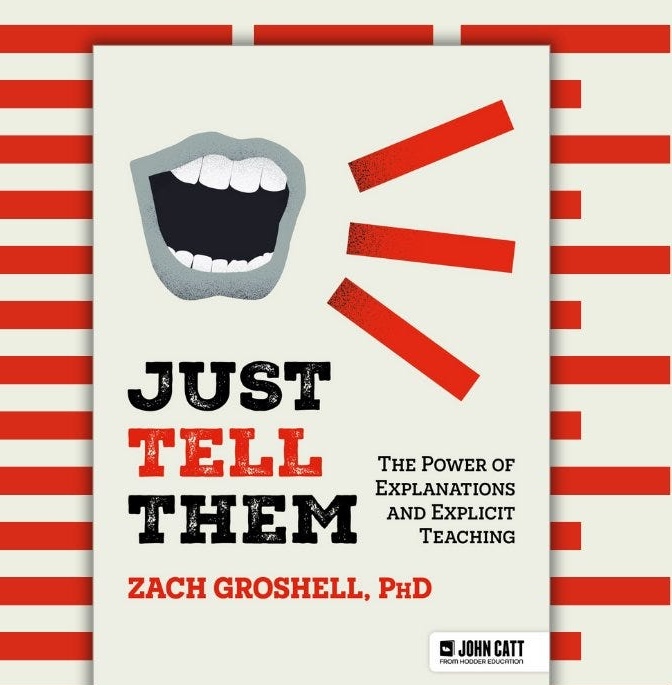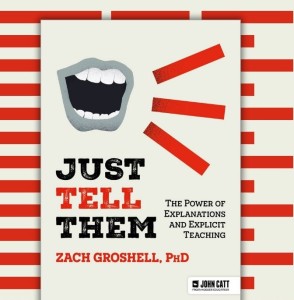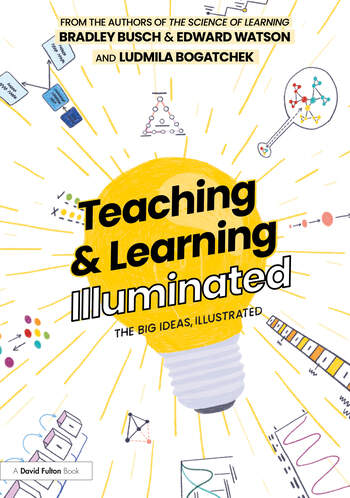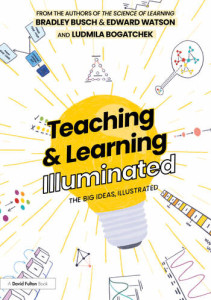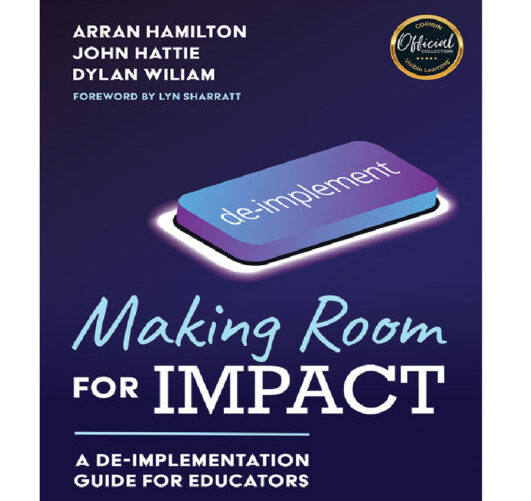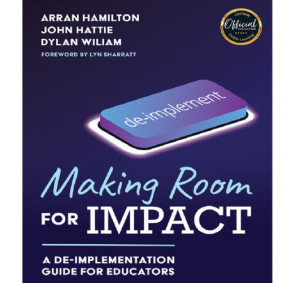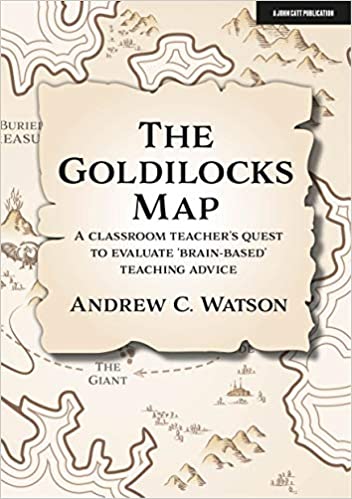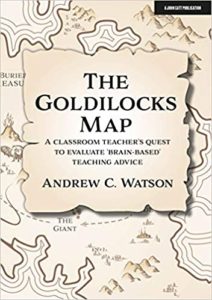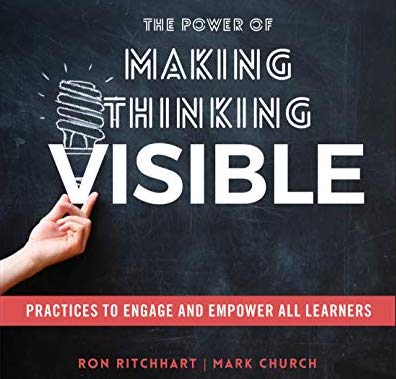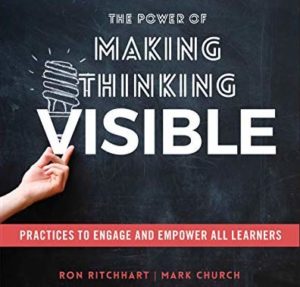The sage-on-the-stage is not the enemy. For years, educators have been told that the best teaching happens when students discover knowledge for themselves. Zach Groshell, PhD, turns that assumption on its head. In Just Tell Them: The Power of Explanations and Explicit Teaching, he makes a bold case for something refreshingly straightforward—teachers should teach. Clear, explicit explanations aren’t just helpful; they’re essential. Backed by cognitive science and decades of research, Groshell dismantles the myth that “less teacher talk” means “more learning” and offers a compelling argument for direct instruction done right. His message? Good teaching isn’t about withholding information; it’s about equipping students with the knowledge they need to think critically, problem-solve, and truly understand what they’re learning.
I’ve seen many teachers, myself included, wrestle with the tension between explicit teaching and discovery learning. The belief that students learn best when they “figure it out” on their own is pervasive, but sometimes we may be asking them to construct knowledge without giving them the raw materials? Groshell’s book is a refreshing reality check, and I found myself nodding along as he unraveled the myth.
The book is structured around key principles of effective explanation, each grounded in research and practical application. Groshell starts with an overview of human cognitive architecture—how working memory and long-term memory shape learning—to explain why clear explanations matter. Students aren’t blank slates; they need structured guidance to process new material without overload.
One of the book’s greatest strengths is its focus on the worked-example effect, a well-documented phenomenon demonstrating that students learn more effectively when they see step-by-step demonstrations before being asked to apply their knowledge. Groshell explores ways to maximize clarity—eliminating vagueness, using visuals effectively, and reinforcing understanding through interaction. His candid reflections on his early teaching missteps make even the more technical discussions feel relatable and engaging.
Beyond simply telling, Groshell lays out a structured approach to explanation, covering interactive techniques like choral response and student self-explanations, alongside the power of visuals, strategic questioning, analogies, and storytelling to make concepts more memorable. His discussion of erroneous examples, where students learn by identifying and correcting mistakes, is particularly compelling.
A particularly valuable section details the Explain and Release model, which follows the ‘I do, We do, You do’ approach—gradually shifting responsibility from the teacher to the student as they gain expertise. This aligns with cognitive load theory, emphasizing that novices require structured support, while experts benefit from increasing independence. Groshell references the expertise reversal effect, illustrating how instructional methods should evolve as students grow more proficient—moving from explicit guidance to independent problem-solving.
Groshell’s writing is refreshingly candid, filled with humor and engaging insights. He reflects on his early preference for student-led discovery and how he came to embrace explicit teaching as a necessity. As I read, I couldn’t help but think of the countless times I’ve watched students breathe a sigh of relief when a difficult concept was finally explained clearly.
Another key focus of the book is creating the right conditions for explanation. Groshell discusses managing student attention by minimizing distractions, reducing classroom clutter, and banning cell phones to improve focus. He argues that classroom seating arrangements and behavior management directly impact how well students absorb explanations.
For educators who have been told to minimize their role as the sage on the stage, this book offers a persuasive counterpoint. It reaffirms the value of direct instruction while advocating for its thoughtful application—explanations should be clear, concise, interactive, and strategically designed to maximize learning. Groshell’s insights are invaluable for teachers, instructional coaches, and education professionals looking to refine their approach.
Ultimately, Just Tell Them is a must-read for educators seeking to optimize their instructional practices through cognitive science. If students could absorb complex concepts without explicit guidance, would we even need teachers? Groshell doesn’t just advocate for explanations—he makes them impossible to ignore. This is a practical, research-driven, and accessible guide that dismantles myths about teacher talk while empowering educators. After reading this book, you’ll never see explanation the same way again.
